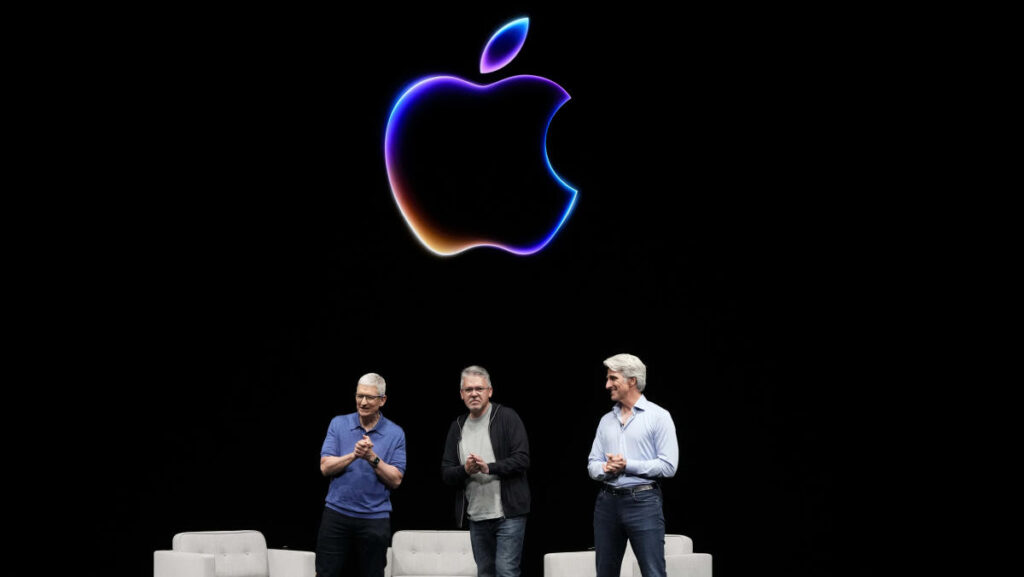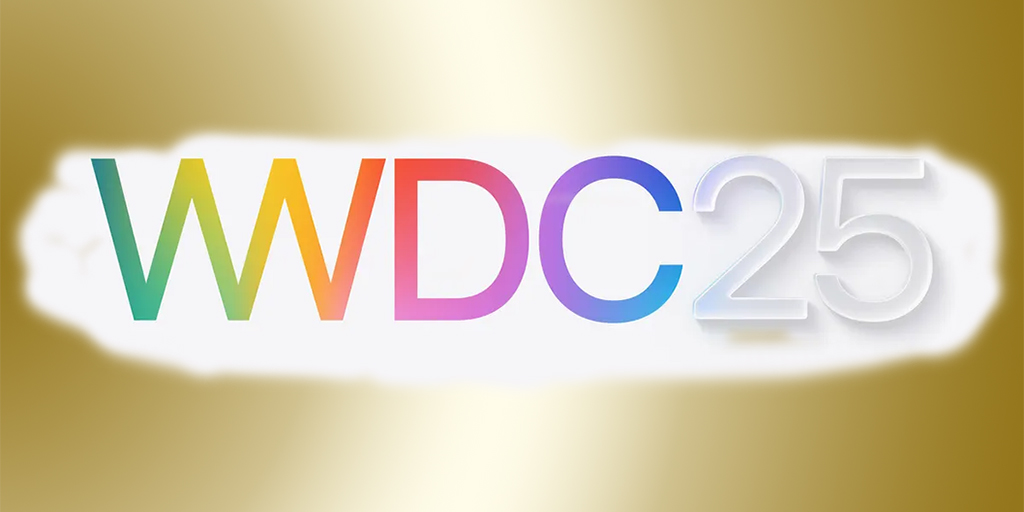Last week, from June 9–13, 2025, Apple opened its annual Worldwide Developers Conference (WWDC) in Cupertino, showcasing a strong pivot toward seamless integration of AI and design across its platforms. Here’s what stood out.
Apple introduced “Apple Intelligence,” a new privacy-first AI stack built to operate on device.
Apple Intelligence: AI, Privacy, Everywhere
Developers now have access to the Foundation Models Framework, a toolkit enabling them to embed core AI capabilities directly into their apps—without sending data to the cloud.


Key features include:
- Live Translation in Phone, Messages, and FaceTime—including real-time subtitles during calls
- Visual Intelligence, Apple’s version of Google Lens, which can identify objects in images and suggest related apps cadenaser.com.
- Enhanced Image Playground and Genmoji, now tied into ChatGPT for on-device image generation
- Workout Buddy and Hold Assist bring AI to fitness routines and call queue management.
- All of this runs offline, preserving privacy while still offering utility—part of Apple’s core strategy to move AI closer to users

Liquid Glass: A Design Across Platforms
WWDC 2025 marked the debut of Liquid Glass, Apple’s most significant UI overhaul since iOS7. Introduced June 9, the design introduces subtle glass-like transparency and fluid, layered interfaces across:
- iOS, iPadOS 26
- macOS Tahoe (26)
- watchOS 26, tvOS 26, and visionOS 26
This visual revamp includes updated icons, translucent menus, and spatial widgets on Vision Pro. Apple hopes this new aesthetic ties together all devices under a unified visual identity.
Developer Tools: Xcode Joins the AI Party
Apple didn’t stop at user-facing features—developers got new toys too:
- Foundation Models Framework brings on-device AI to third-party apps, making it easy to integrate text generation, image tools, translation, and more
- Xcode 26 includes large language model-powered code completion and assistant functions, cutting coding fatigue and improving productivity .
- Platform-wide design consistency and UI guidelines have been updated to match Liquid Glass aesthetics, helping developers build apps that fit the new look and feel .
Public betas roll out in July, with full releases scheduled for fall 2025
Ecosystem-Wide OS Updates
Every major Apple operating system received its year-based naming upgrade:
- iOS 26: Improved Camera, Safari, Messages; multitasking refinements; system-level AI features including Live Translation and voicemail summaries.
- iPadOS 26: Mac-style windowing, resizable windows, and enhanced productivity tools via Liquid Glass.
- macOS Tahoe: Last to support Intel Macs; supports new Spotlight actions, cohesive UI, and AI tools in system-wide workflows.
- watchOS 26: AI-guided Workout Buddy, new gestures, and translation.
- visionOS 26: Spatial widgets, better avatars, Vision Pro improvements like PSVR2 controller support.
- tvOS 26: Regional screensavers, persistent AirPlay device options
The unified naming and design signals Apple’s push for cross-device fluency.
Siri & AI Strategy: Cautious and Controlled
Notably, Siri remained understated. Apple admitted it’s delaying voice‑first conversational Siri capabilities, pushing improvements to spring 2026, citing quality concerns.
Industry analysts from Reuters and The Australian underscored Apple’s strategic pivot: instead of dramatic new hype, WWDC highlighted “modest” upgrades focused on privacy, integration, and incremental buildup, rather than chasing headline-grabbing AI breakthroughs .
Why This Matters
Apple’s 2025 WWDC shows a cohesive, mature strategy:
- Privacy & on-device focus keep user trust high.
- Developer portals invite third-party innovation into AI tools.
- Design unification fosters recognition and ease across devices.
- Caution on Siri ensures that AI feels reliable, not experimental.
It’s a bet on steady evolution over disruption—a tack sharply contrasting with some competitors, but one well-suited to Apple’s ethos and ecosystem.
What’s Next
- Developer Beta launches July; full updates expected Fall 2025
- Siri’s next-gen AI assistant arrives in Spring 2026 .
- Developers worldwide are now building the next-gen AI features that Apple shaped at WWDC.
TL;DR
Apple’s WWDC 2025 wasn’t about flashy breakthroughs—it was about thoughtful, integrated AI and visual design across its ecosystem. With on-device AI, robust dev tools, and Liquid Glass style, Apple takes a well-paced, user-focused approach to becoming an AI leader—on its terms.


